A Weekend Guide to St Davids in Pembrokeshire
With a magnificent purple and gold speckled cathedral surrounded by the sea on three sides, St Davids in Pembrokeshire is one of Wales’s most unique communities to visit. It’s known as Britain’s smallest city, with just 1,800 residents. But despite this, its rabbit-warren streets are packed with independent shops, restaurants serving the best local produce and hotels that can’t be found elsewhere. Centuries ago, it was the birthplace of Wales’s patron saint, Saint David, who established Christianity throughout the nation, and its multiple historic sites continue to be important places for pilgrimages. Then there’s the wild and rugged coastline, brimming with miles of hiking trails, excellent wild swimming spots, surfing waves and monuments dating to the Bronze and Iron Ages. And don’t forget, the city has the Grub Kitchen – the first full-time edible insect cafe and restaurant in the UK.
Touring St Davids in a weekend is absolutely possible, and here’s what I recommend you see!
How to get to St Davids in Pembrokeshire
St Davids is Wales’s westernmost point and can be easily accessed by roads from the north and south via A roads.
-
-
-
-
- By Road: From the north, take the A487 to Fishguard and continue along the same road to St Davids. Take the A40 to Haverfordwest from the south before joining the A487.
- By Train: The nearest station to St Davids is Haverfordwest, around 16 miles from the city. A connecting bus will continue your journey to St Davids.
-
-
-
Where to Stay in St Davids in Pembrokeshire
There are several hotels in St Davids, including the affordable St Davids Premier Inn. But for those interested in affordable luxury travel, then Twr y Felin Hotel is the place for you. The Welsh words, ‘Twr y Felin’, mean ‘mill tower’, referring to the hotel’s original function as a windmill. Inside, you’ll find over 100 pieces of artwork which hint at the hotel’s current function as Wales’s first contemporary art hotel. There are only 41 bedrooms, but these continue the gallery-like theme found throughout the hotel, with large pieces of artwork hanging on the walls. The room’s Aromatherapy Associates toiletries, large seating area and Smart TV, are welcome additions. The Blas Restaurant offers the best fine dining experience in St Davids and has won Three AA Rosettes, featuring vibrant portraits of Catherine Zeta-Jones, Anthony Hopkins and Richard Burton on the walls. The menu emphasises Welsh and local produce and caters for vegans and vegetarians. Of particular note is the Braised Beef Cheek (£27) with turnip, onion, and wild garlic, and the Chocolate with salted caramel, peanut and goat milk ice cream (£12)!
Best things to do in St Davids in Pembrokeshire
St Davids Cathedral
Since the 6th Century AD, St David’s Cathedral has been the religious heart of Wales, with many pilgrims making their way here to pray at the shrine of Wales’s patron saint. Indeed, St David was believed to be a great healer, and in the 12th Century AD, Pope Calixtus II declared that two pilgrimages to St David’s Cathedral were equivalent to one to Rome, and three pilgrimages here were equal to one to Jerusalem. Today, as an active religious site, St David’s Cathedral has regular services that you can join, including ones to celebrate St David’s Day – one of Wales’s most important dates in the calendar. Inside, you’ll find a sign saying ‘welcome, Pilgrim to St Davids’, and exquisite Norman craftmanship and Renaissance architecture. There’s also a statue of St David in his episcopal vestments, the St David’s shrine with Byzantine and early Italian designs, the tomb of Wales’s most popular prince, the Lord Rhys, a chapel dedicated to Thomas Becket, the Archbishop of Canterbury who was murdered in 1170, and much more.
-
-
-
- The cathedral is open between 10 am-4 pm Monday to Saturday and 1 pm-3.30 pm on Sundays.
- The cathedral is free to enter, although a donation of £5 per adult is suggested.
-
-
The Bishop’s Palace
To learn more about St Davids’ religious past, head to The Bishop’s Palace, which is adjacent to the cathedral and considered one of the finest buildings in West Wales. Its dazzling white chequerboard patterning, elaborate bath-stone wheel window, intricate archways, and yellow and blue hues speak volumes as to why it’s one of the best buildings in Wales. This also hints at the palace’s role in impressing pilgrims on their way to the cathedral. This palace was the home of bishops, and its most famous resident was Bishop Henry de Gower, who established the palace we see today. He lived in the east range, while the grander south range was left to host feasts and house royal guests. During the summer, The Bishop’s Palace is a dramatic backdrop to open-air performances, like William Shakespeare’s A Midsummer Night’s Dream.
-
-
-
-
-
-
-
-
-
-
-
-
- Entry fee: £4.80 for adults.
-
-
-
-
-
-
-
-
-
-
-
Go on a Pilgrim Walk
Follow in the footsteps of St David, and other Dark Age saints, along the rocky and pink heather terrain of the Pembrokeshire Coast Path. The moderately easy walk covers 8.1 miles and takes roughly three hours to complete. If you walk from Cross Square to St Non’s Chapel and Holy Well, you’ll find the site reputed as the birthplace of St David. As St David’s mother, St Non’s is an important figure in Welsh culture, and the crumbling ruins of her chapel overlook a healing well said to have materialised during a thunderstorm in 500 AD. A short walk away is a modern replica of this chapel, built in the original medieval style. From here, make your way to Porthclais Harbour, said to be St David’s place of baptism, and the sheltered Porthlysgi Bay. Continue across the headland to St Justinians Harbour, where you’ll find a Celtic chapel, before hiking to Whitesands Bay. At the latter, there are remains of a 6th Century chapel dedicated to St Patrick, who is said to have sailed from here to Ireland. You can take a shuttle bus from Whitesands to St Davids’ centre or walk back to the B4583.
St Non’s Chapel
As previously mentioned, St Non’s Chapel is believed to be the birthplace of Wales’s patron saint, St David. Unfortunately, not a lot of the original rectangular building remains, and yet it is a very evocative site, especially at the “healing” well, where many people leave an offering at the foot, or around the neck, of St Non’s statue. Leaning against one corner is a pillar stone with an incised Latin cross which is thought to date to sometime between the 7th and 9th centuries. This pillar suggests there is an early medieval foundation for the chapel. A modern version of the chapel sits on the adjacent hill and has a calm and understated interior honouring our lady saint.
-
-
-
-
- To get to St Non’s Chapel, start at Goat Street, and from there, you’ll find signposts to the site.
- The site is free to visit.
-
-
-
The Bishops & Grub Kitchen
For a bite to eat, stop at The Bishops, a traditional pub named after ocean rocks west of Ramsey Island. Inside, you’ll hear a catchy playlist and find a menu with a fantastic selection of seasonally inspired dishes, like the carrot and coriander soup, served with croutons and rustic bread. For something a little different, visit The Bug Farm: a farm and research centre created by entomologist, Sarah Beynon, and her husband, Andy Holcroft. The Grub Kitchen is a full-time edible insect cafe within the farm, serving the likes of Sri Lankan coconut curry and mixed insect pakora.
Explore the Shops
St Davids in Pembrokeshire is known for having many independent shops, galleries, and exhibitions showcasing local creativity and talent. One of my favourite galleries is the Goat Street Gallery, owned by ceramicist, Daniel Wright, and textile maker, Amanda Wright. Within this contemporary art gallery, you’ll find wonderfully sketched maps of local geographies like St Davids and the Pembrokeshire coastline. Another great gallery is The Oriel y Parc, which is considered one of the most eco-friendly buildings in Wales. You’ll find an exhibition titled On Your Doorstep with finds from across the nation, like Roman coins and pilgrim necklaces and rings. As for shops, the Really Wild Emporium is unique because it’s based on the owner’s wild foraging experiences. The inside is a maze of dried seaweed, beeswax, and soaps made of nuts and charcoal. For local produce, head to the Veg Patch, which sells the best vegan orange-chocolate brownies and unusual products like Welsh organic seaweed gin.
Whitesands Bay
A little over six minutes from St Davids’ centre is Whitesands Bay, overlooked by the dramatic hill of Carn Llidi and known for being a large west-facing beach. This beach is popular amongst surfers and dog walkers, and history lovers will likewise love its ties to St Patrick. Behind the sand dunes is a 6th-century chapel dedicated to the saint, and the rock promontory at the north end of the beach has the feel of being historically important. From here, you have an excellent view of the Pembrokeshire islands, and of a second beach, which is only accessible to swimmers and kayakers. From the white sand, you’ll find walking trails to the rocky headland of St David’s Head, and as you walk, you might just spot a variety of sea birds, porpoises and seals.
-
-
-
-
-
-
-
-
-
- Dog restrictions apply between the 1st of May and the 30th of September.
- A cafe, shop and surf hire are located behind the beach.
- The beach is accessible to wheelchair users.
- Parking is available for 60 cars.
-
-
-
-
-
-
-
-
Caerfai Bay
A 12-minute walk from Twr y Felin hotel is the Green Coast Award beach of Caerfai Bay. Amongst locals, it’s known for being a great spot for wild swimming, sandcastle building and for the several caves worth exploring. The bay is sheltered, meaning it’s a summer suntrap, surrounded by multi-coloured sandstone cliffs hiding many rock pools. The bay is a designated Site of Special Scientific Interest, meaning the beach is perfect for wildlife lovers.
-
-
-
-
-
-
-
-
-
- There is a small car park at the top of the cliff above the beach.
- Unsuitable for people with limited mobility.
- At low tide, the sand is revealed.
-
-
-
-
-
-
-
-
Carreg Samson
Carreg Samson is situated on a cliff overlooking Abercastle Harbour and the Irish Sea and is a 5,000-year-old Neolithic burial chamber. The enormous monument is made up of a 15-foot-long and nine-foot-wide capstone that is supported by three upright stones. Excavations in 1968 revealed artificial post-holes where four additional stones would have been, three of which would have supported the capstone. It’s believed Carreg Samson was originally covered by an earth mound, making it one of only a few surviving portal tombs in Britain. The name, Carreg Samson, comes from a local legend that suggests a Celtic saint, Samson, created the structure by flicking stones from Abercastle Harbour with his little finger. I don’t know if this is true or not, but the sheep sure appreciate this structure, as I saw several hiding within, away from the wind and rain.
-
-
-
-
- How to get there: Park at Abercastle Harbour and follow the coastal path heading west of the beach.
- The burial chamber sits within farmland, so please respect the sheep grazing around the monument.
-
-
-
Porthlysgi Bay
One of Pembrokeshire’s best-kept secrets is Porthlysgi Bay, as it’s only accessible to those walking the Wales Coast Path. Park at Porthclais Harbour, and start walking the Wales Coast Path that’s to the right of the beach. You’ll know you’re on the right path, if you pass the harbour, docked boats and a caravan park on the opposite hill. The walk from here takes around thirty minutes, passing wild ponies, purple heather, unusual rock formations and Carreg yr Esgob island. Once you reach the bay, you’ll notice it’s popular amongst sailors, kayaks and walkers. Its dual shingle-sand beach is great for swimming and scrambling over rocks at low tide. You must swim or kayak to reach its second beach, as there’s no path leading to it. Legend has it that the cove was named after an Irish raider who landed here, went ashore, and was quickly killed by a local Celtic chieftain. Luckily, its quiet and pristine beauty doesn’t resemble this bloody history!
Final thoughts on st davids in Pembrokeshire
And there you have it, my ultimate guide to St Davids in Pembrokeshire. It’s a special place that everyone should visit at least once. If you’ve been before, what did you enjoy about Britain’s smallest city?
If you’re looking for more things to do in Wales, read my ultimate guide to Carmarthenshire – Pembrokeshire’s neighbouring county.

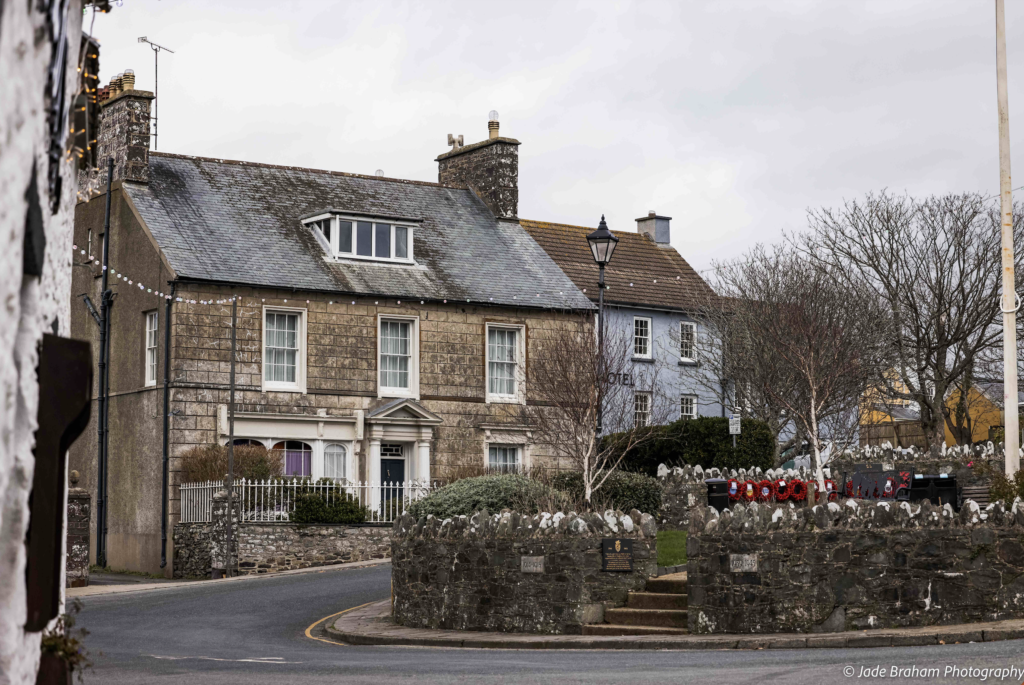
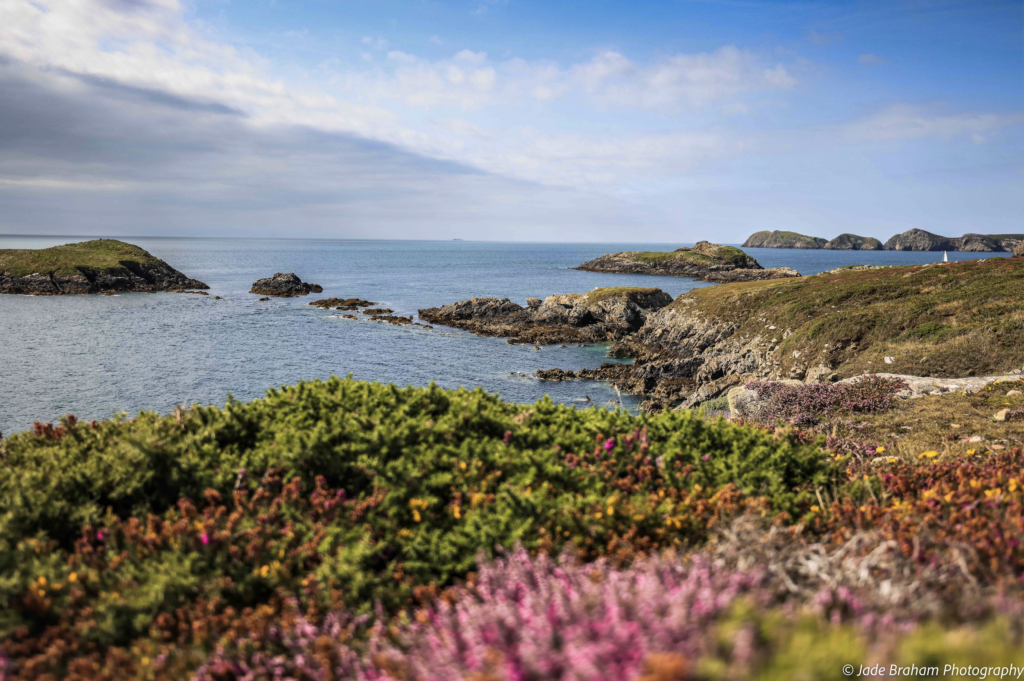
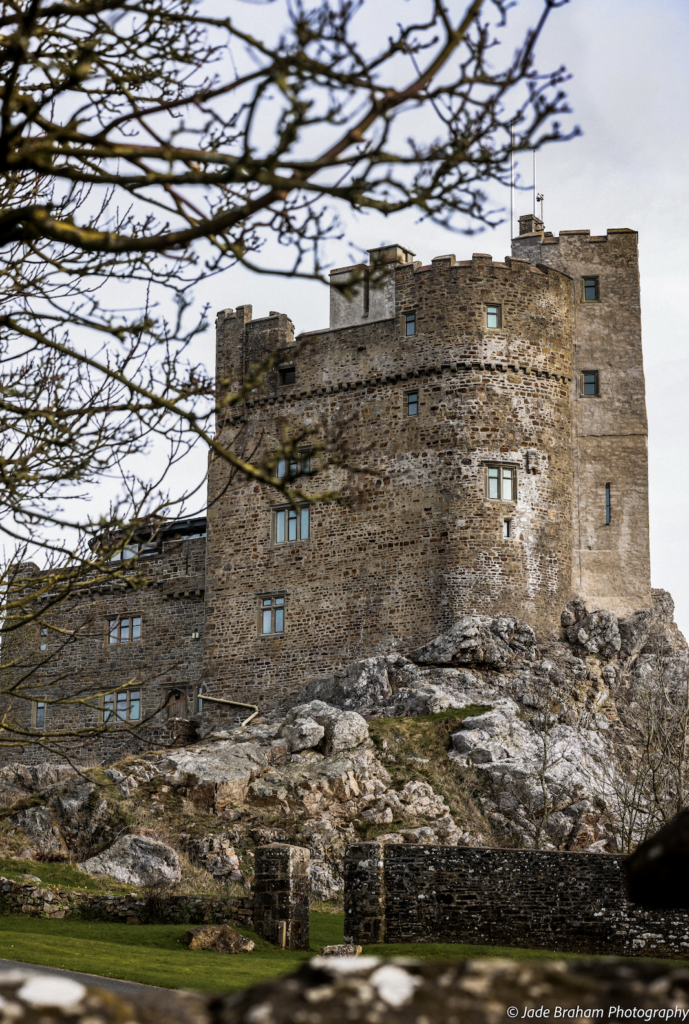
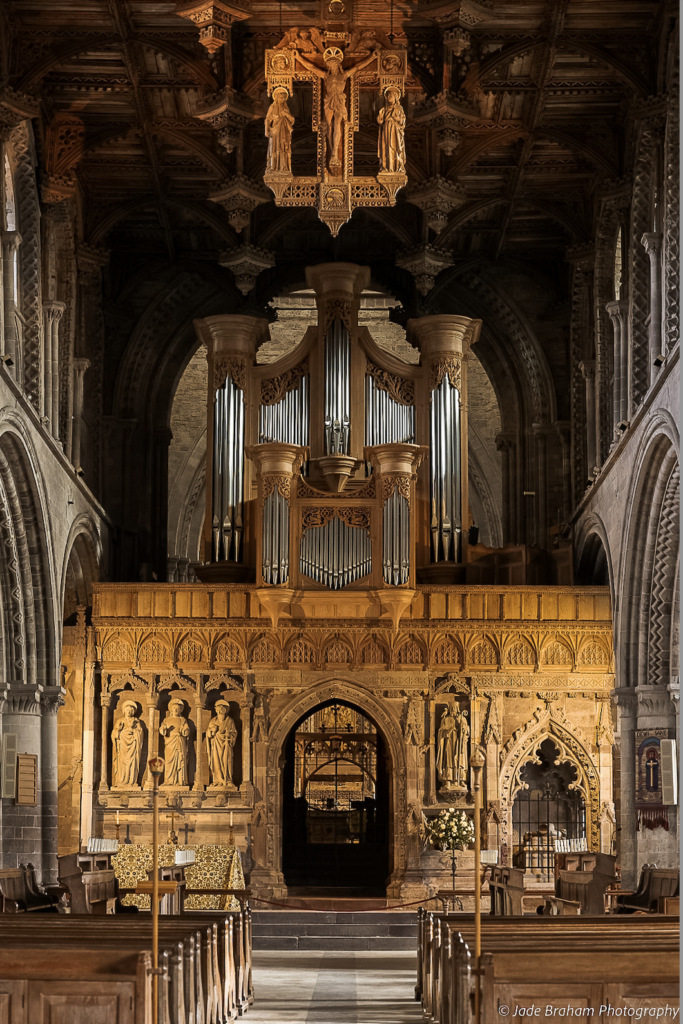
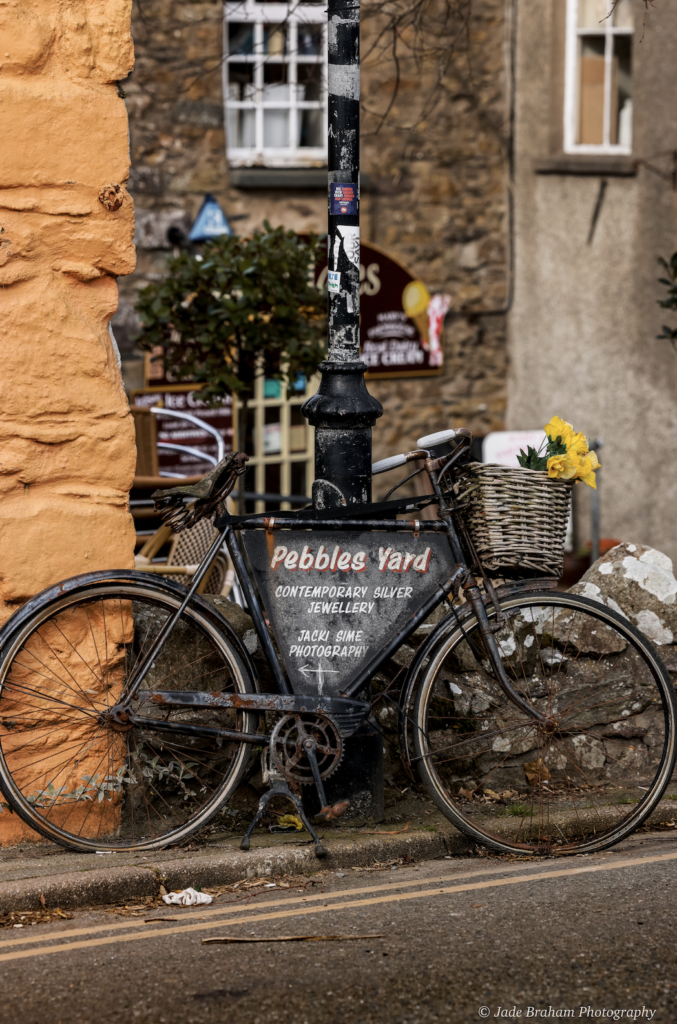


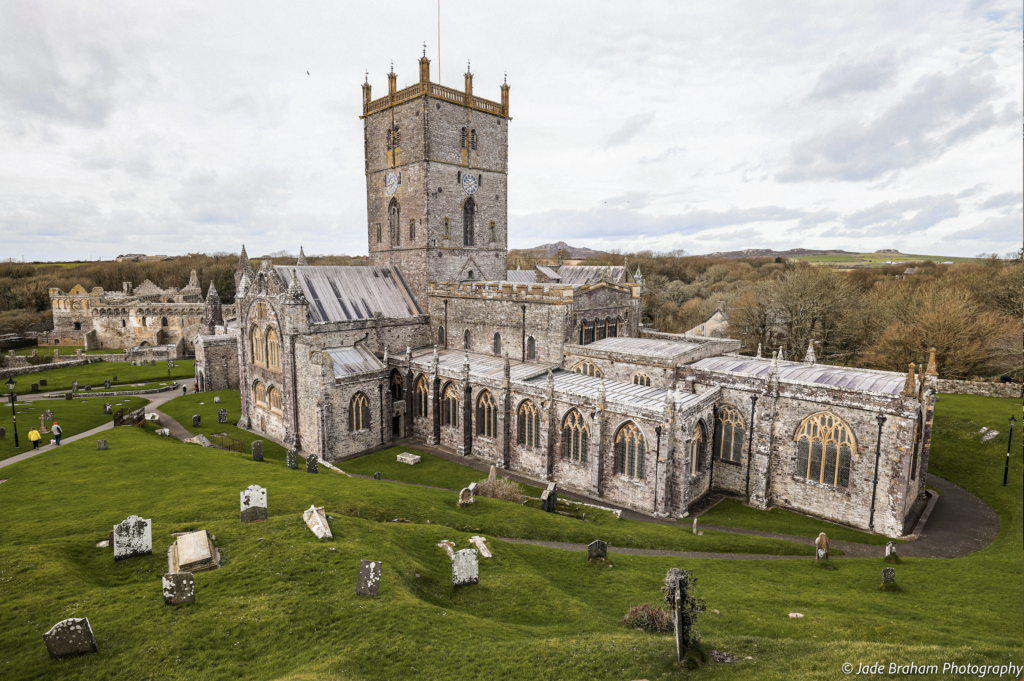
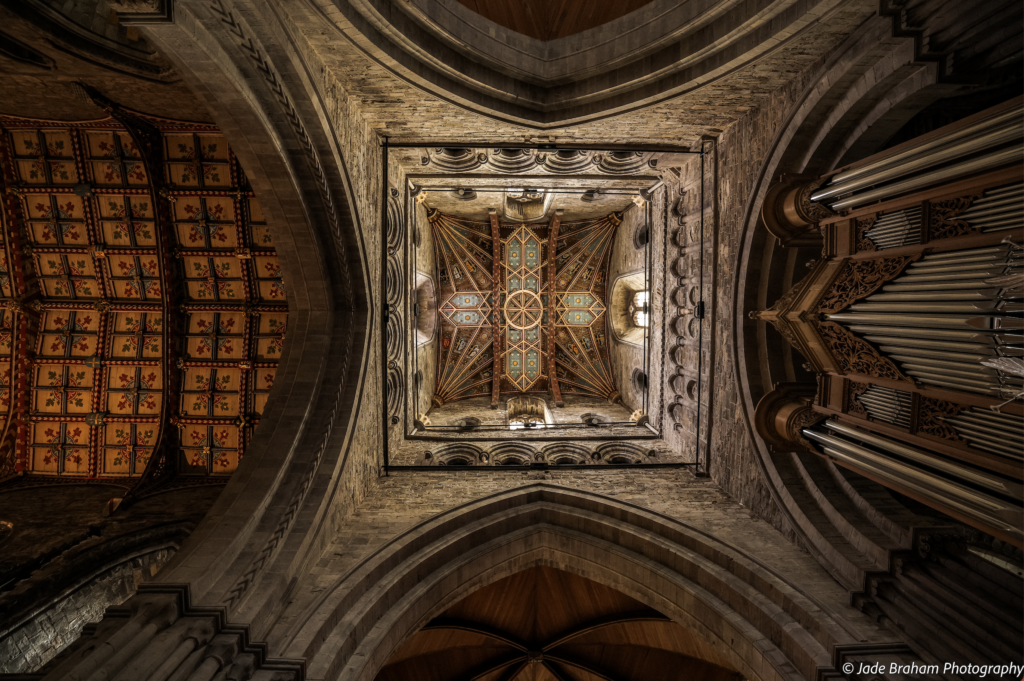

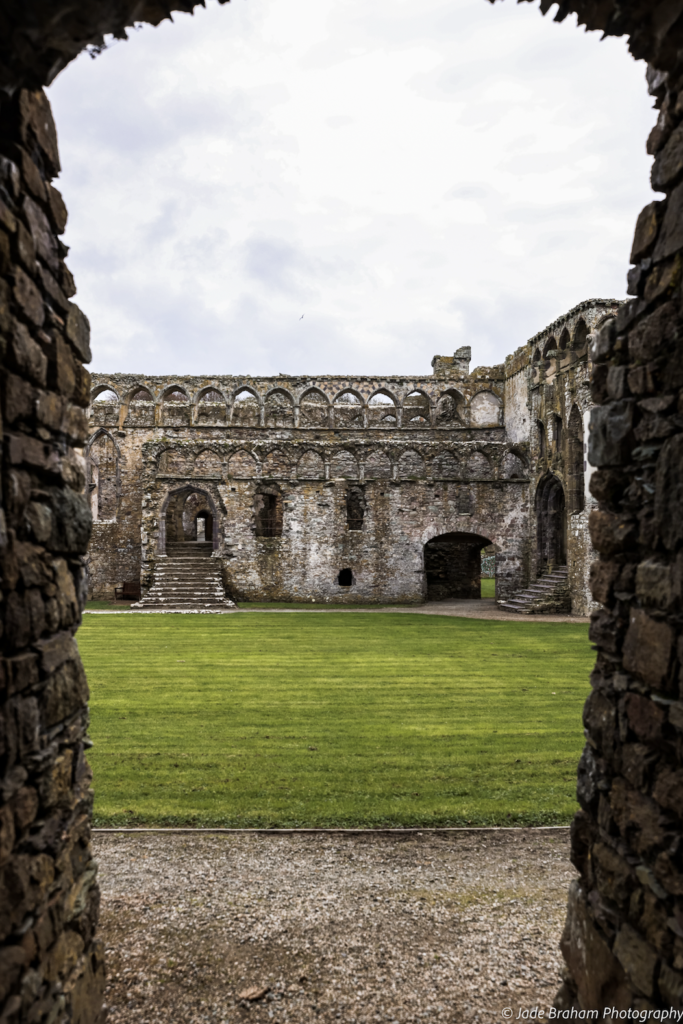
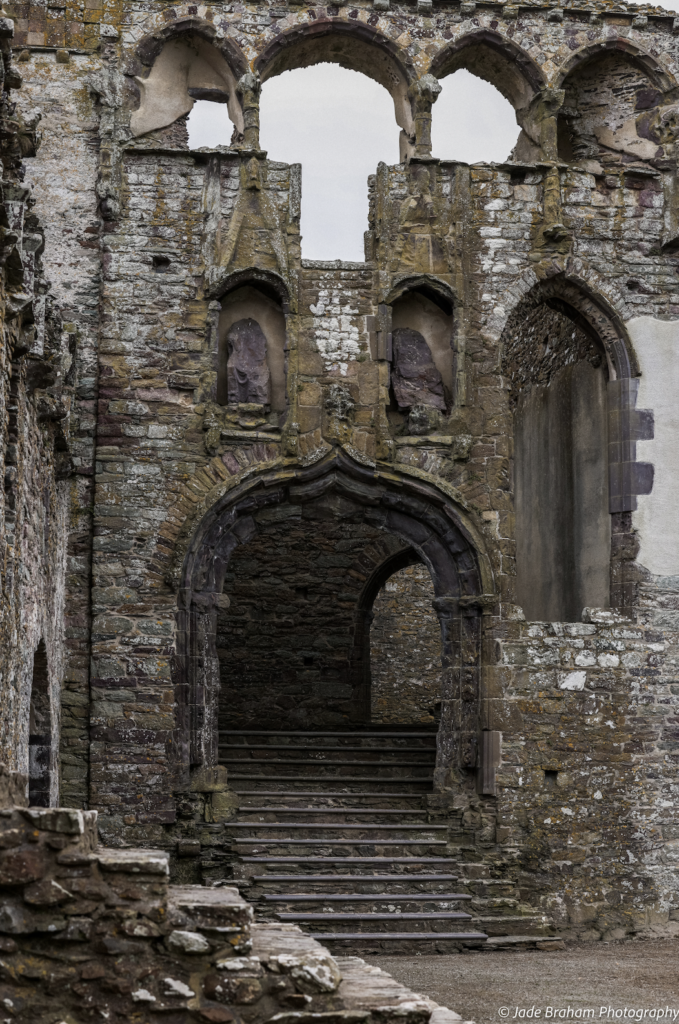

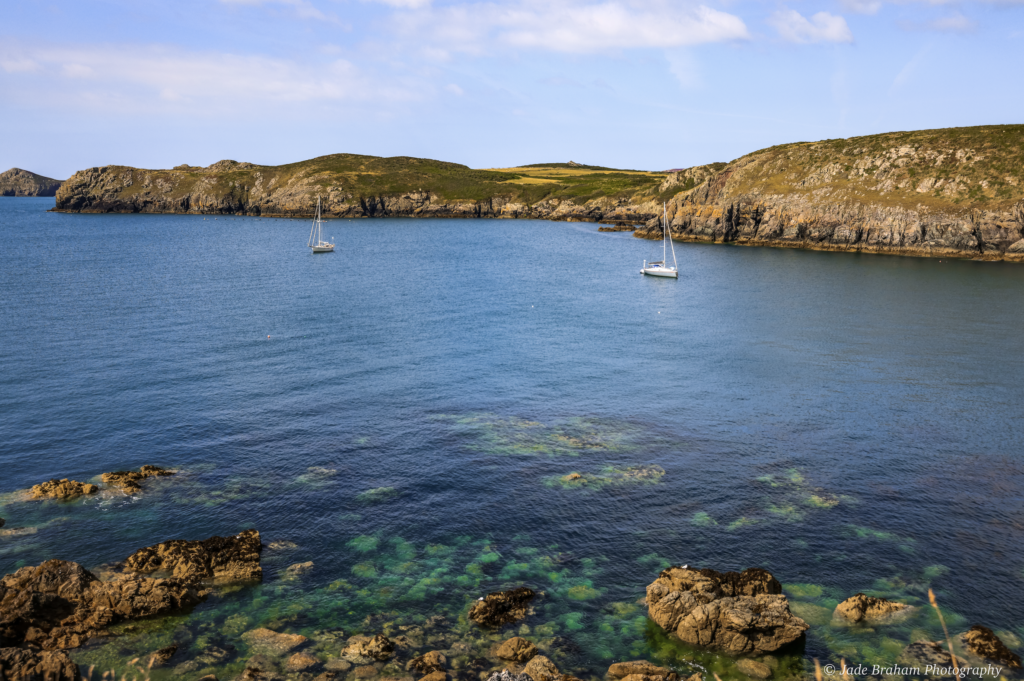
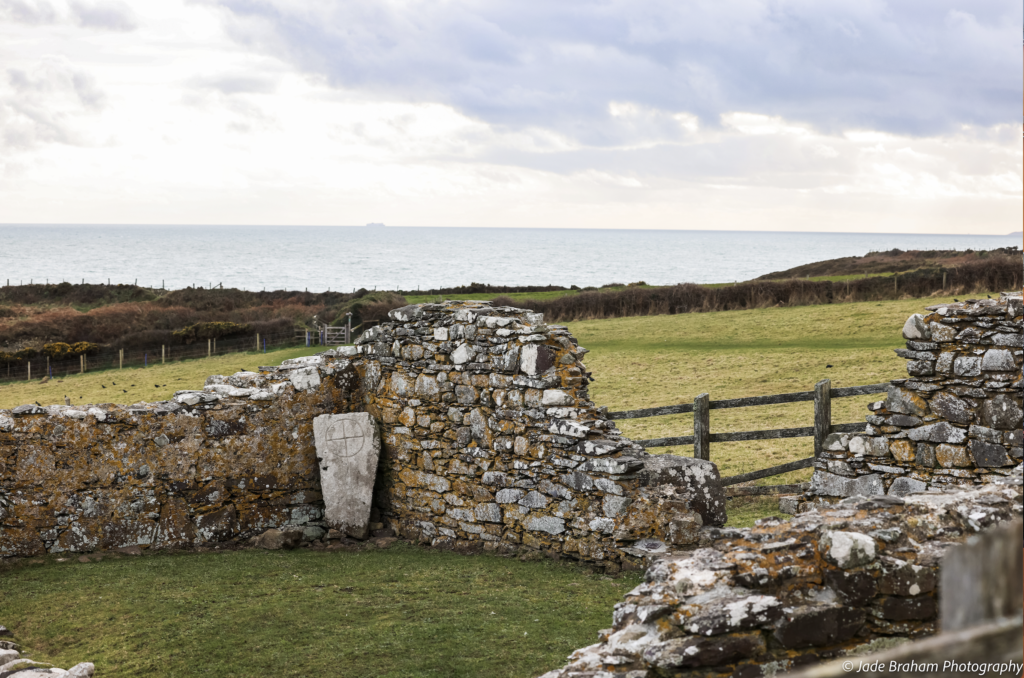
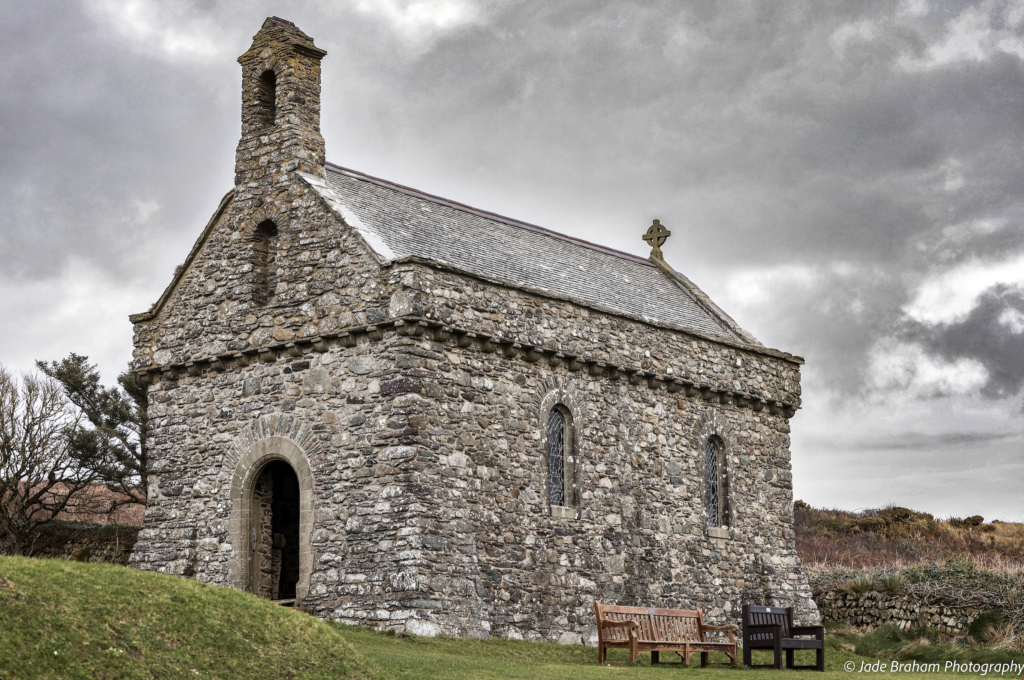
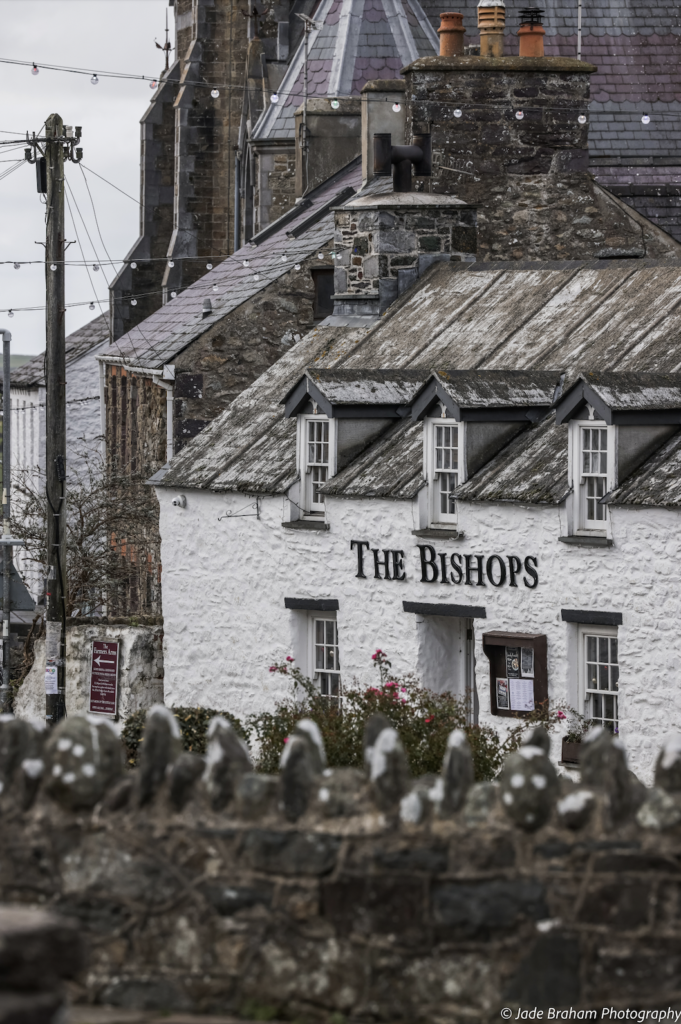

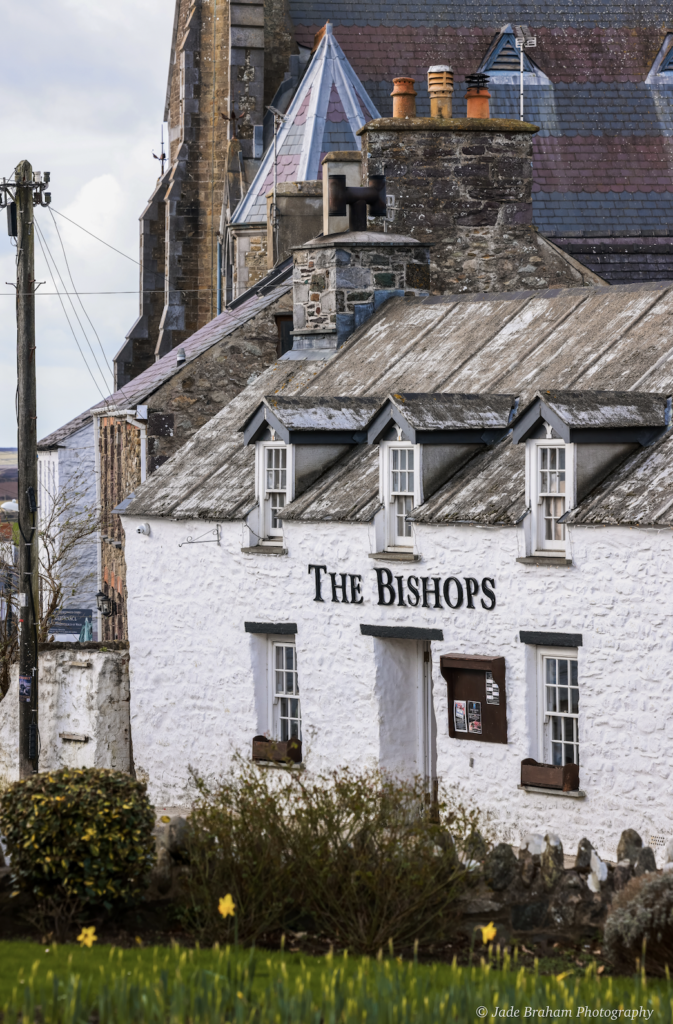
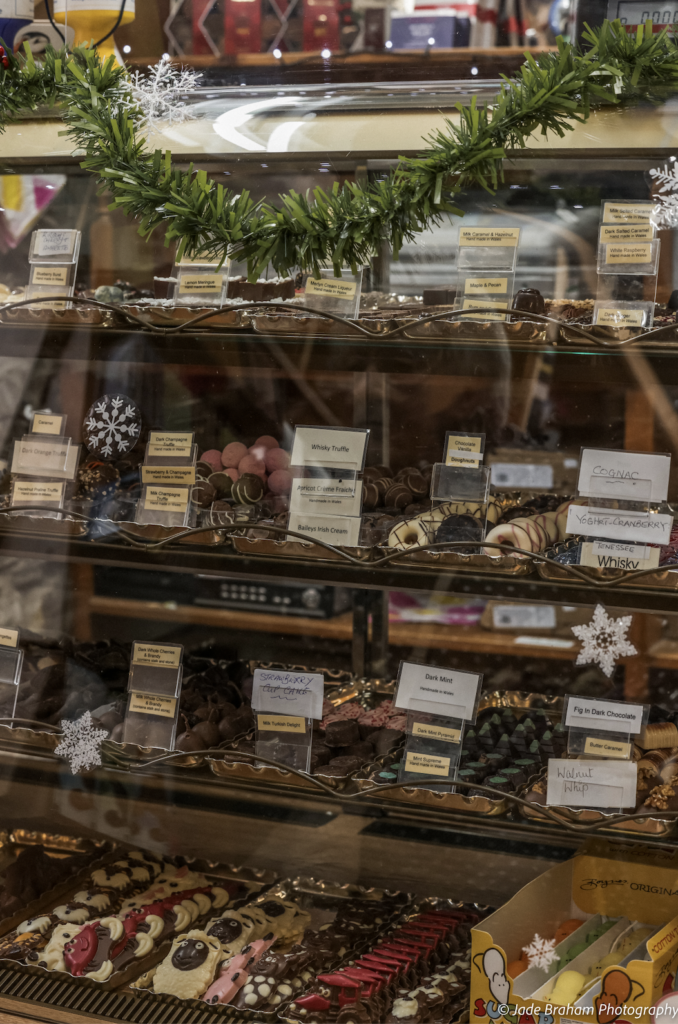
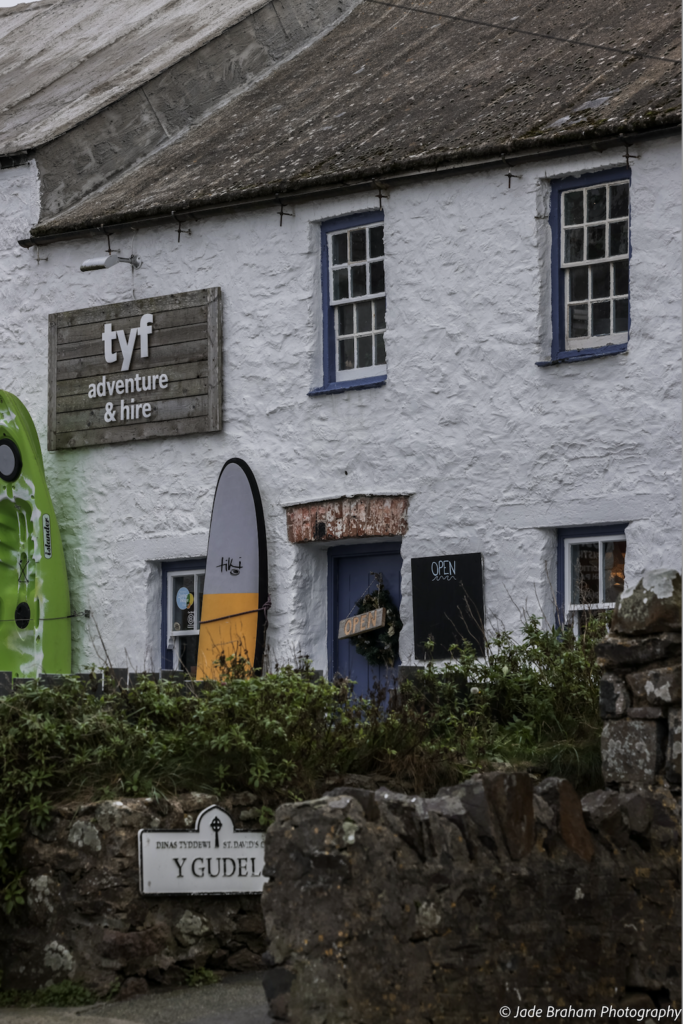
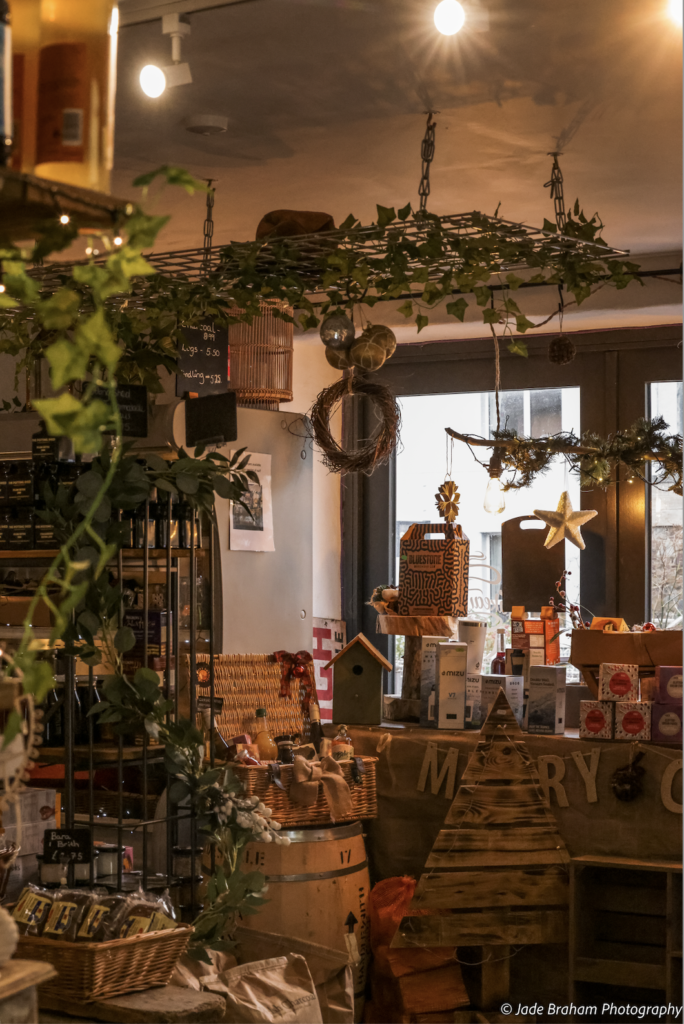
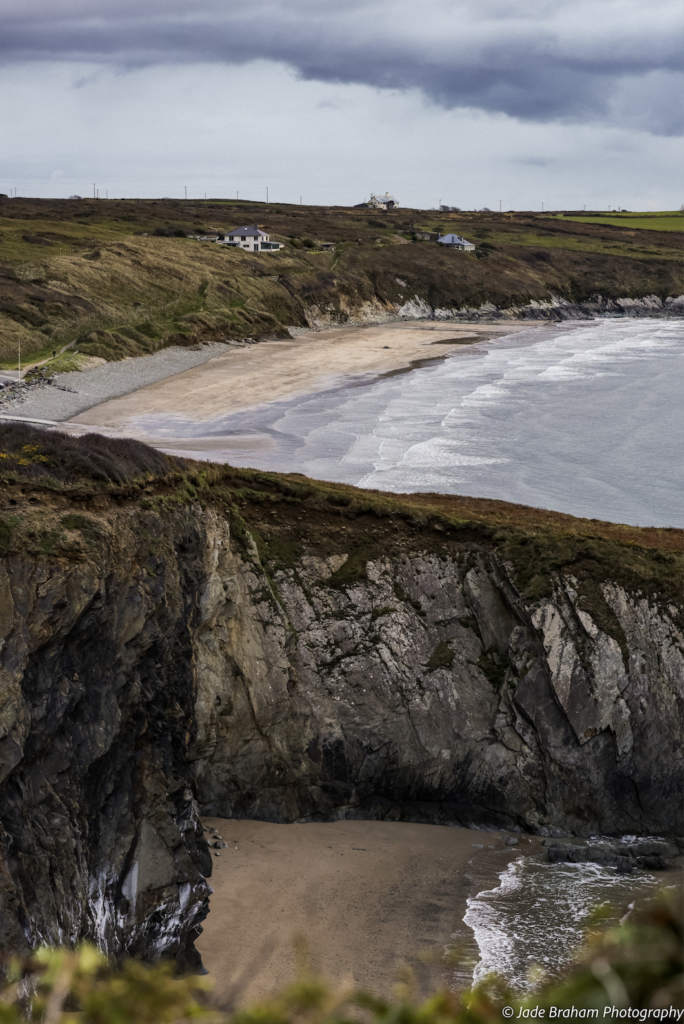
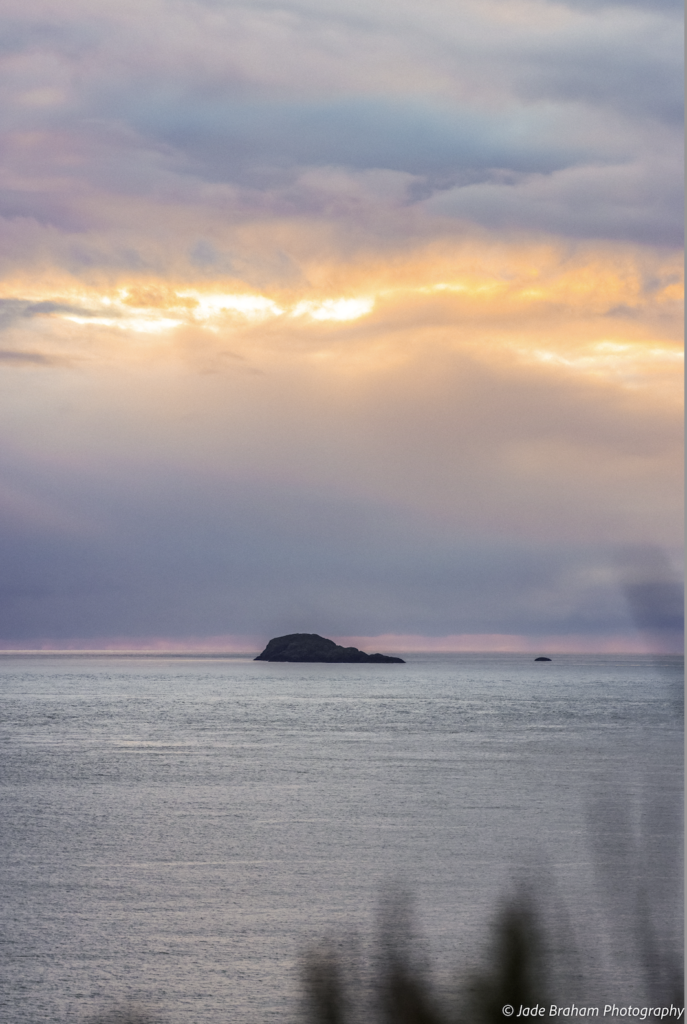

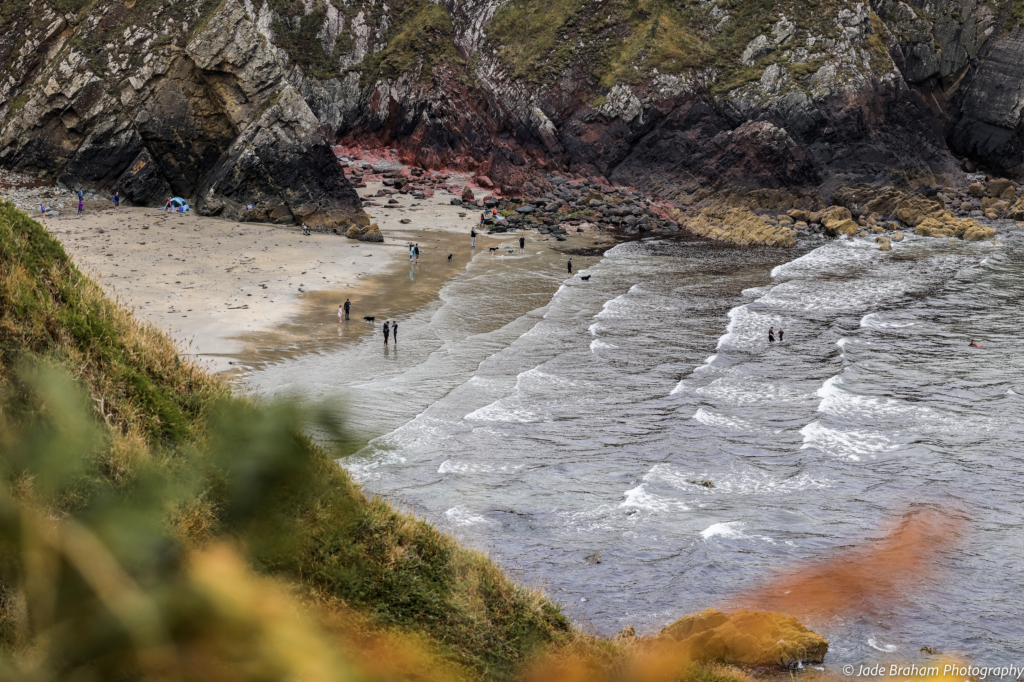
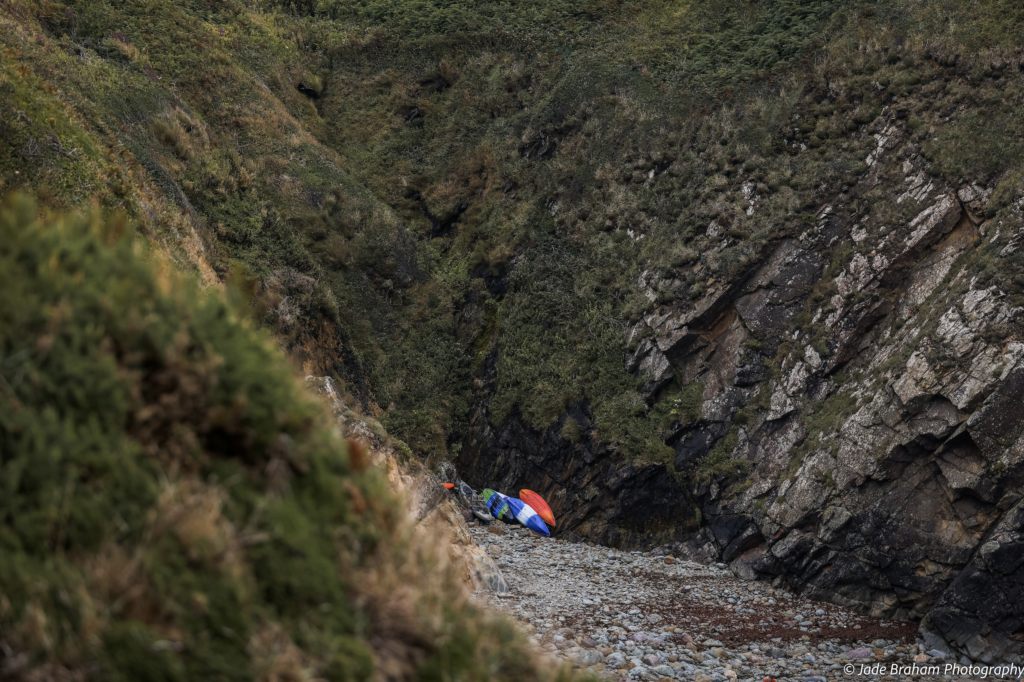
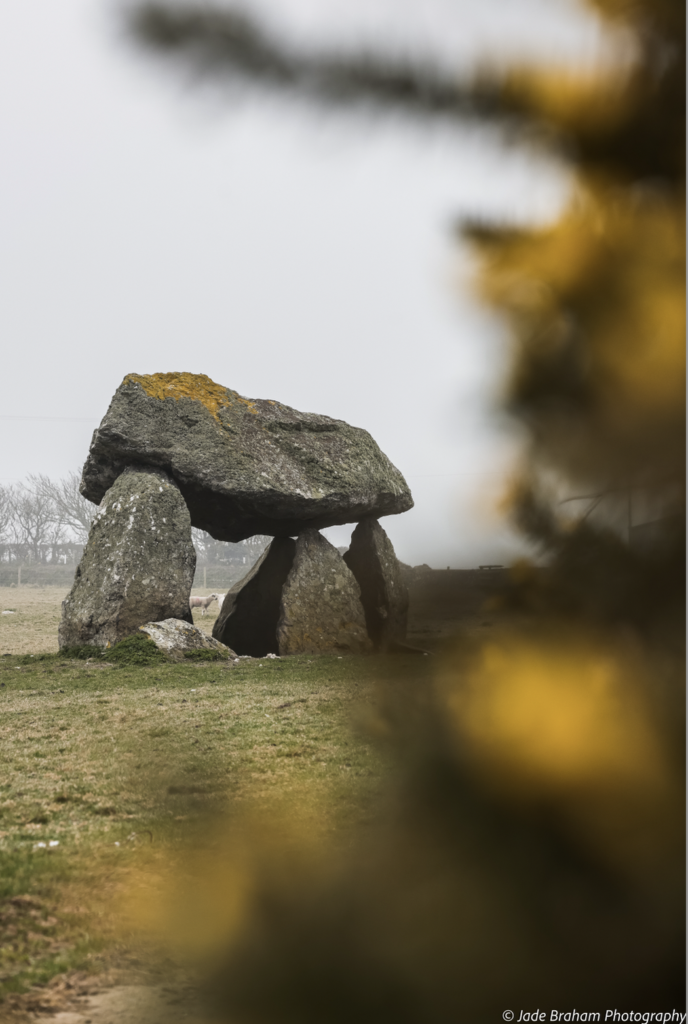

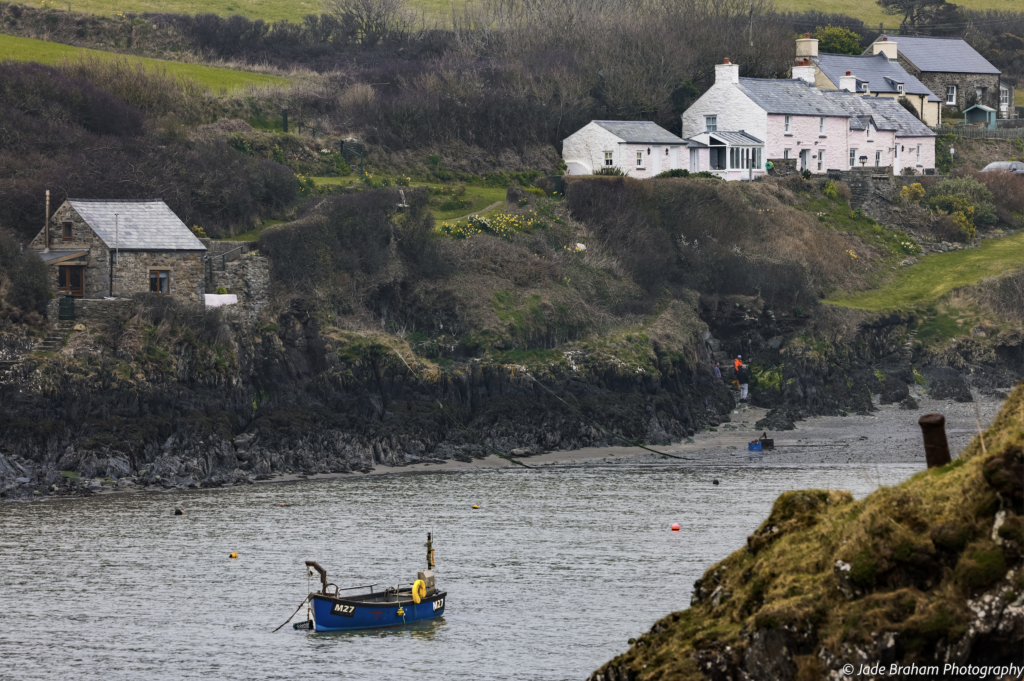
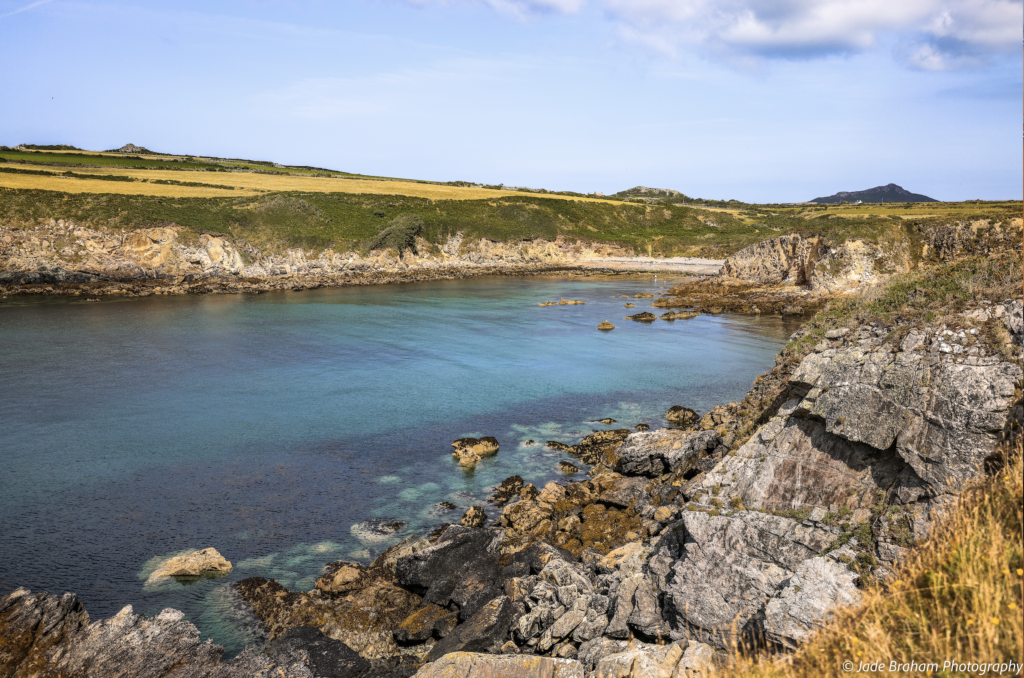
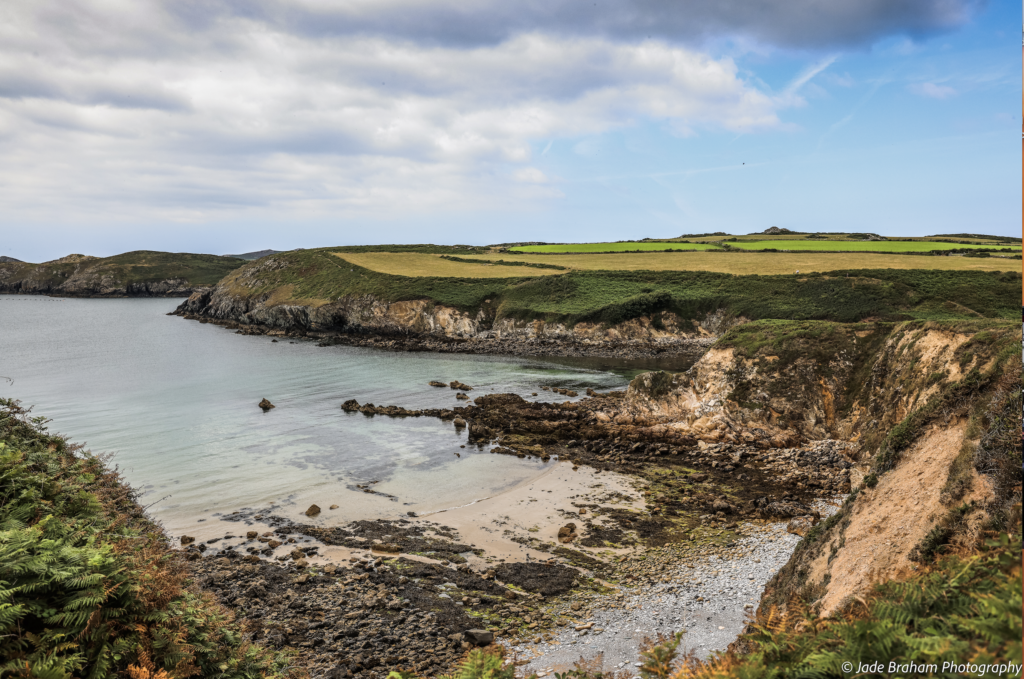


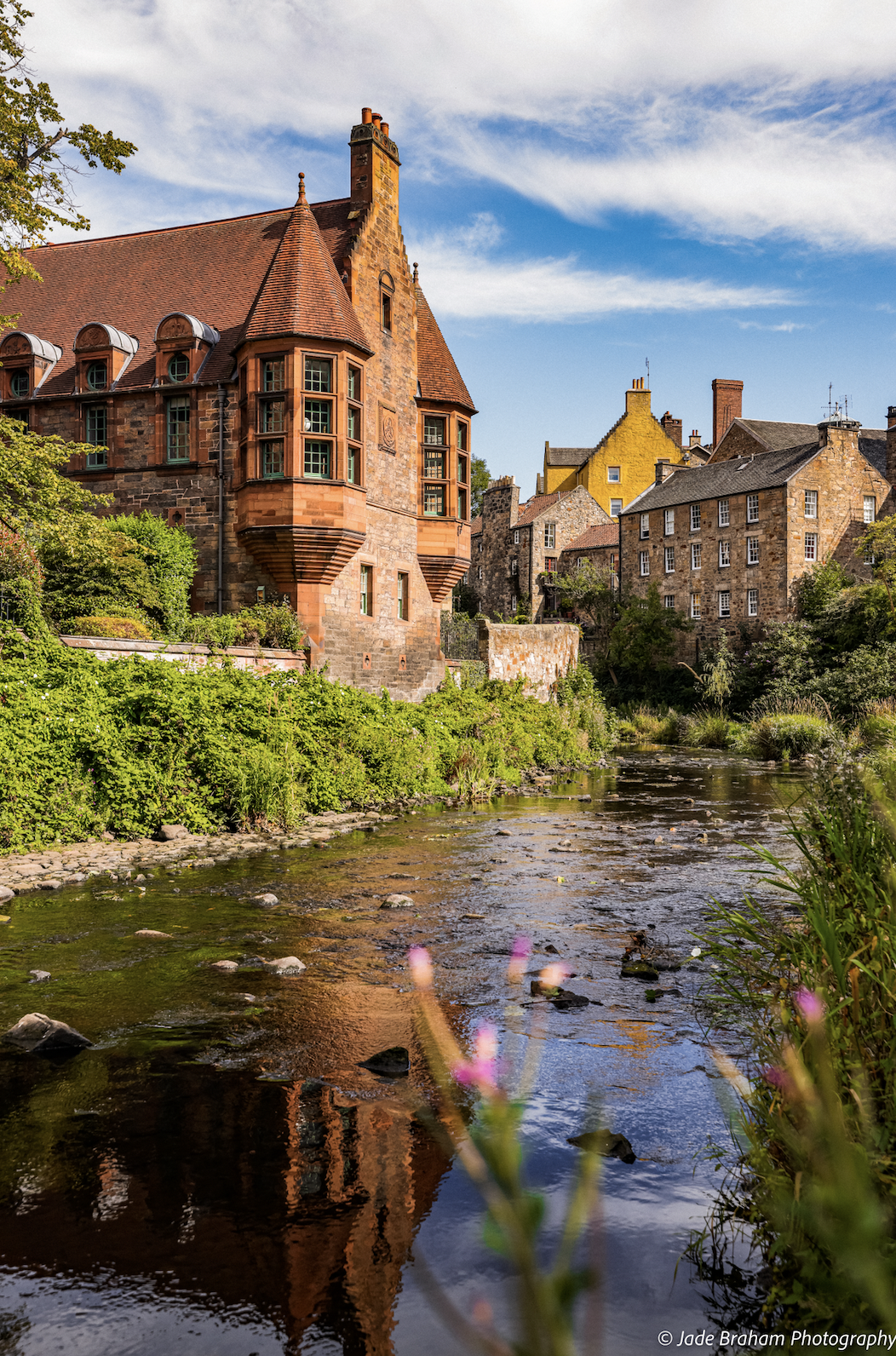

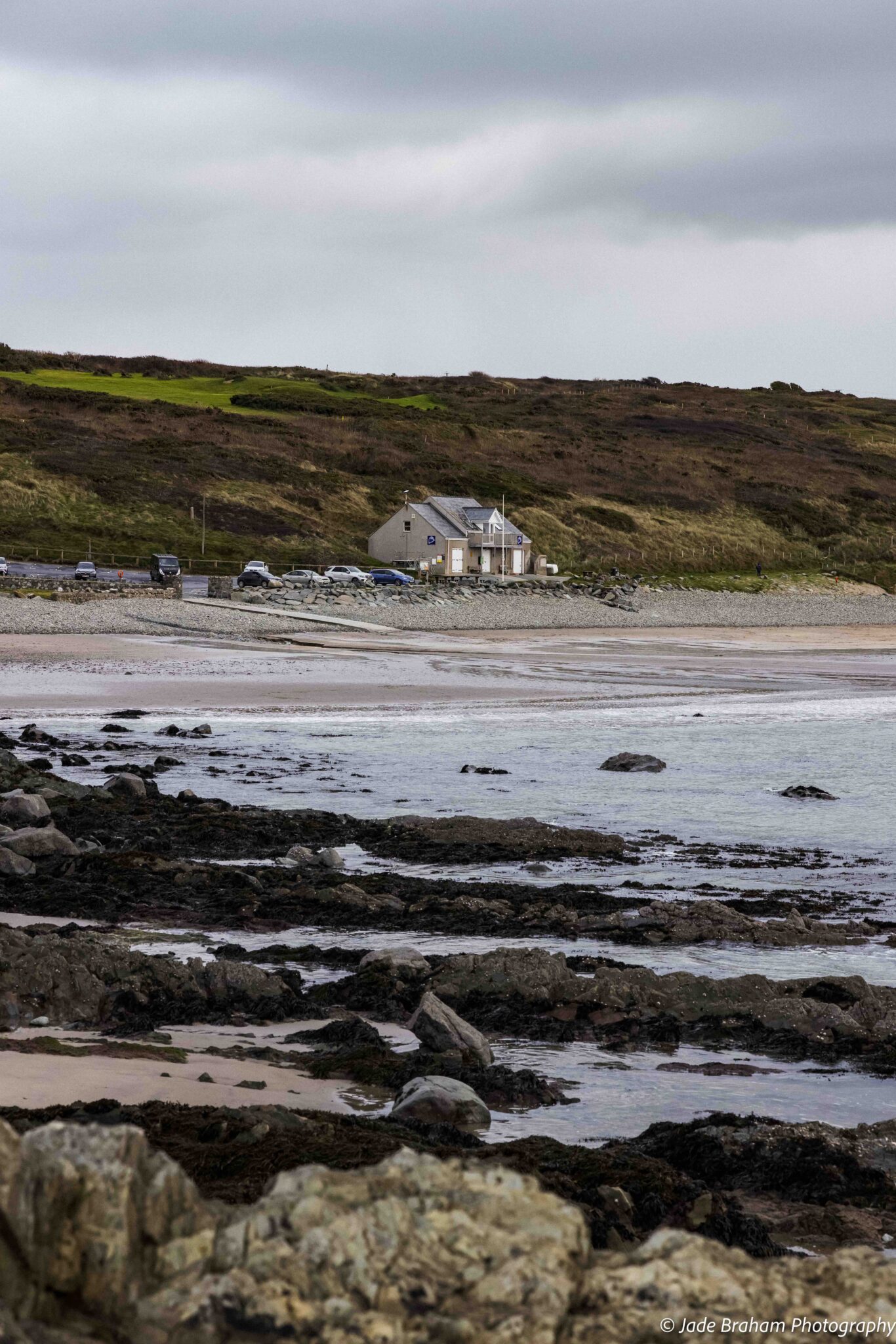
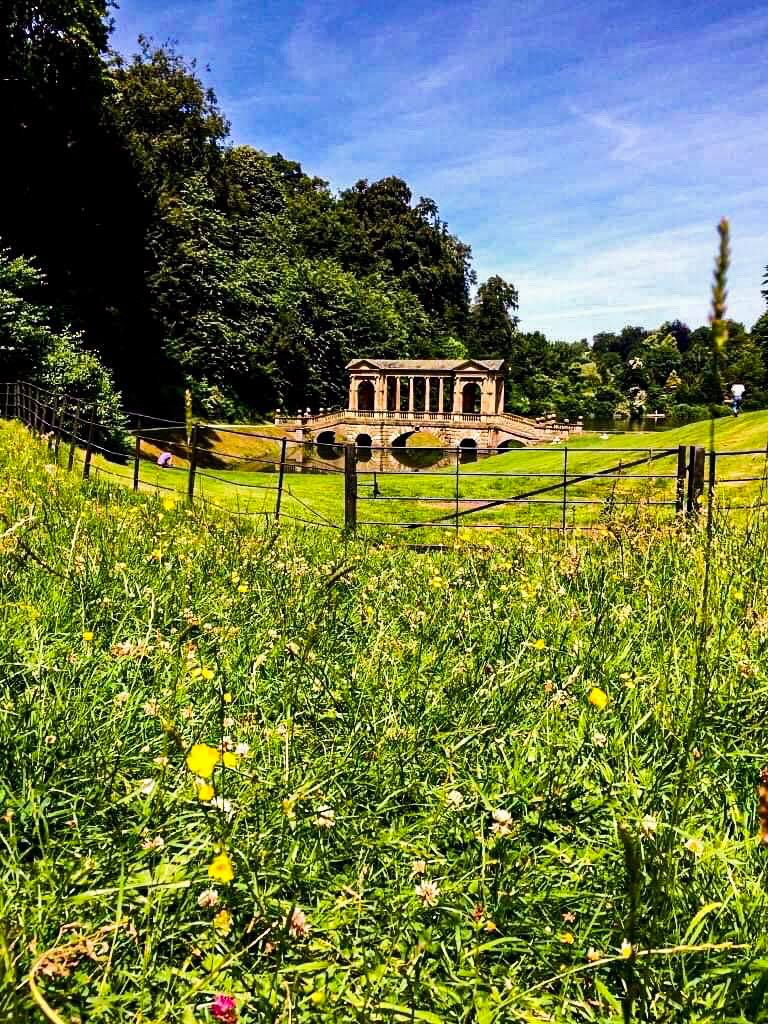
One Comment
Comments are closed.